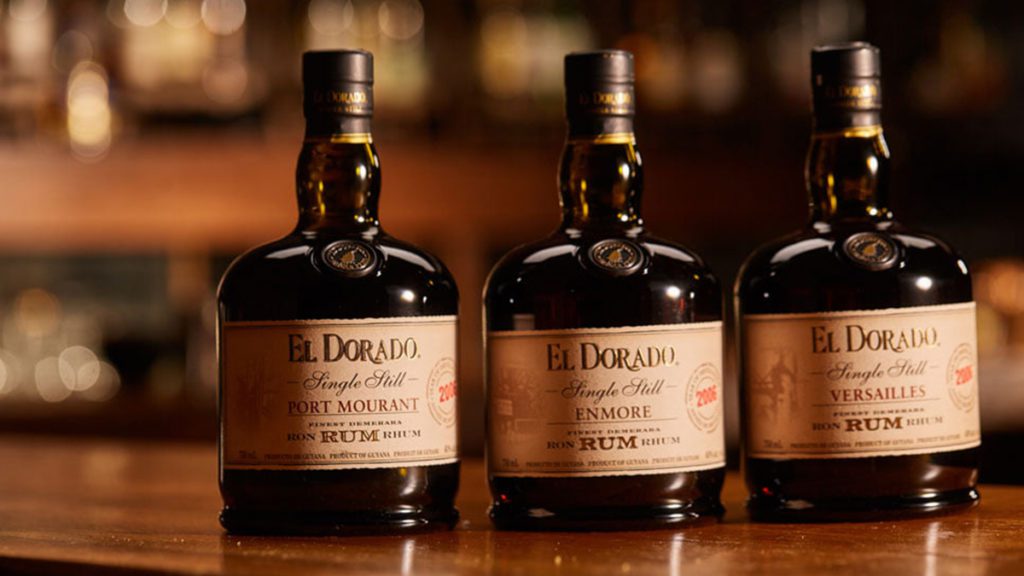There’s a new way to explore one of the region’s leading rum destinations.
The Guyana Tourism Authority has launched its first-ever official rum route, in collaboration with the Caribbean Tourism Organization.
Capitalizing on Guyana’s rich agricultural traditions, local cultural heritage and cuisine, the Guyana Rum Route is a 200-kilometer journey which blends the past and present into “one comprehensive experience.”
“Set along the vibrant coast, the route offers a sensory experience of the role of rum and sugarcane in Guyana’s economy and its indelible mark on the landscape and people,” said Brian Mullis, Director of the Guyana Tourism Authority. “Rum flows throughout the Caribbean, connects us culturally, and is known to heighten the Caribbean experience.”
Guyana is the first Caribbean country to establish a heritage route as part of a regional product development thrust currently being championed by the Caribbean Tourism Organization.
“Guyana’s official Rum Route is part of CTO’s regional Heritage Routes program,” said Neil Walters, Acting Secretary General & CEO of the Caribbean Tourism Organization. “This program is centered on creating thematic routes or trails that tell the story of a destination through indigenous and local goods including foodstuff like sugarcane, cocoa, spices and other tangible and intangible aspects of cultural heritage.”
Guyana’s Rum Route covers three areas that can be experienced individually as day or overnight tours, or combined into a multi-day tour.
These areas include Georgetown, Berbice, and the East Coast Highway (with half-day, full-day & overnight tour options); West Coast Berbice (overnight tour options) and West Coast of Demerara (half-Day, full-day & overnight tour options).
Highlights for interested travelers include: an immersive journey that retraces the steps of the Dutch and British on former plantations like Uitvlugt Estate and Blairmont Estate; new insight into the experiences of slaves and indentured laborers who sustained a sugar economy for over two centuries; local rum shops, distilleries and production plants and samples of local rum-infused recipes and tastings.
— CJ
